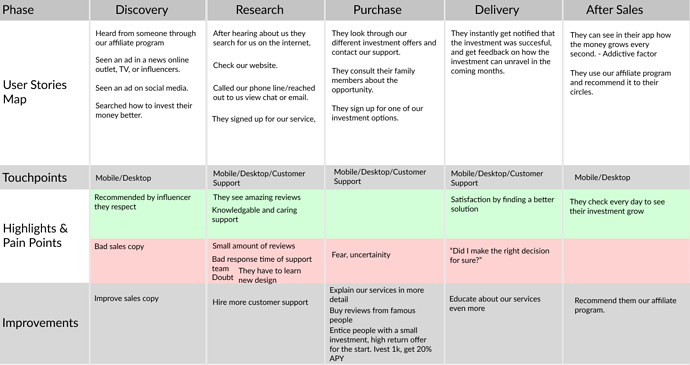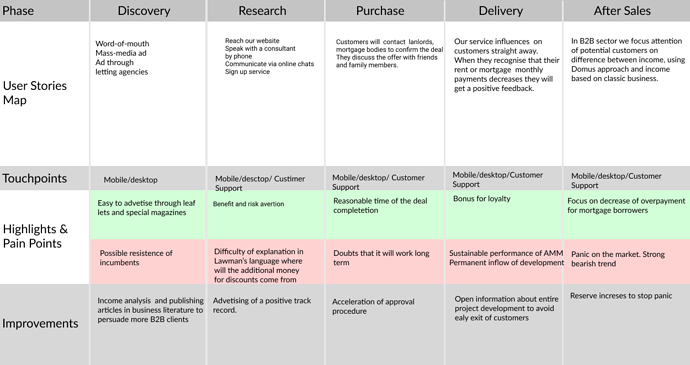- Start from your business idea (your fintech use case) and draw out your customer journey using Figma or any other tool of choice. Then, based on your customer journey, create a jobs-to-be-done list, and fill it with tasks. Then prioritize them based on what you think is most important for your customers.
- Build a small clickable prototype using Figma or any similar tool of choice. It does not have to be good looking, just 2-5 pages/screens.
I called my app “UNUM”. A short presentation on Figma can be seen here
https://www.figma.com/file/qQnOYzzdnJKpKSXzt8M2w9/Unum?node-id=0%3A1
Jobs-to-be-done list (What OUTCOMES do my customers want)
(Most important at the top, the least at the bottom.)
Financial safety
Finding a way to make more money on their assets
Funding consumption (e.g. holidays, cars)
Having money for specific events (e.g. marriage, home, education for kids)
Keeping track of all investments (Including the ones not listed as one of our offers)
Retirement savings
Figma prototype of my phone app
https://www.figma.com/proto/teQZqdHPH9Xh6y5g7JWm56/Fintech-101-Assignments?node-id=104%3A1&scaling=min-zoom
Hi @cincinnato 
I really like your Business Canvas Model! Maybe you should also consider doing your Customer Journey using Figma to put the icing on the cake?
I’ve created a template to make the process easier for you. You can duplicate it after going to the main Figma menu:
https://www.figma.com/file/RcVuY1kfnAO2xgJkktG9ej/Untitled?node-id=0%3A1
Hi
Again i can’t share this information in here.
That’s life. But hopefully, the exercise has brought you more insight into your business.
Good luck on your journey! 
Reserved…I can complete this task and share with course mentor confidentially but it involves existingly operational partners with some first-to-market innovations to be enabled through partnerships, BAAS solutions, and unique proprietary tech/ IP
I have found a way around completing all of the other assignments without revealing too much of the unique innovation, competitive product advantage and compliance edge that would enable it. However, any visual representation would make the whole idea publlic - & it is something I will try to facilitate this year in the real world. In which case a retrospective case study might be far better 
Alternatively I can make up a dummy case - but will not flow from my answers in the Business Canvas Model, RICHES model, or the Jobs To Be Done i.e. Customer Journey model. In fact in would not relate to the product / service offering I am hoping to facilitate at all.
Please let me know if I need to email something confidentially to the course mentor, as that would be the only way to answer this appropriately. Hoping to engage in partner discussions this month.
Thank you. Great exercises that’s so valuable. Good luck on your journey. We need everyone to succeed!
We fully understand the confidentiality and we wouldn’t like to receive the information ourselves as it would put us in a peculiar spot.
The most important part is that, hopefully, you learned something new to help you grow your business.
It was a pleasure reading through your business concepts,
I wish you the best year yet 
I’m a little bit hesitant to share my prototype here, it is a real project I’m working on.
Basic ideas and fun thought experiments aside, this exercise I tend to agree with my peers might reveal a bit too much information as to specific practices or instances that may become or already are viable in a lucrative sense, further insight could potentially dilute or obliterate profits. Figma is dope though.
Jobs-to-be-done (Desirable outcomes for customers)
Landlords.
Trust to Domus legal model.
Financial safety (pledges versus transfer of possession rights).
Durable AMM ( it is a key point - no one believe that a new token can have sustainable average growth with reasonable volatility if it is traded in CEXs).
Fast and legal exchange their tokens to fiat.
Risk-averted strategy in short-term as well - landlord’s income should be not less in comparison with routine business after four years while he/she is a mortgagor and after two years if he/she is involved in the letting business ( we currently have it for a long term).
Tenants.
Decrease of rent.
Opportunity to use their tokens to earn even when they don’t rent a property.
Mortgage borrowers.
Decrease of overpayment.
Total monthly payment should be less than monthly rent.
Reasonable time to restore solvency without a breach of contract and eviction if a job is lost.
Instant mutual settlements with a landlord if the contract is broken.
Fast and flexible transfer from existing standard mortgage to the Domus model ( in this case only two first benefits from above could be reached).
App interface
Registration: name, surname ( organisation name), address and status ( tenant, mortgage borrower, landlord, mortgage provider, others ( letting agency, mortgager broker). CONTINUE
EXAMPLE: Mortgage borrower.
Mortgage provider name, mortgage broker name ( if the customer is going to get mortgage it is even better for us)
Mortgage scheme
Monthly payment
Downpayment
General flat description ( amount of bedrooms, footage, address). CONTINUE
Non-binding offer.
Acceptance/ non acceptance. CONTINUE.
Further communication with the client depends on reaction of mortgage provider and mortgage broker.
It could be refusal or further communication, which looks like communication with lending fintech
I am also not so comfortable sharing this. But it is very useful. Thanks.
CUSTOMER JOURNEY
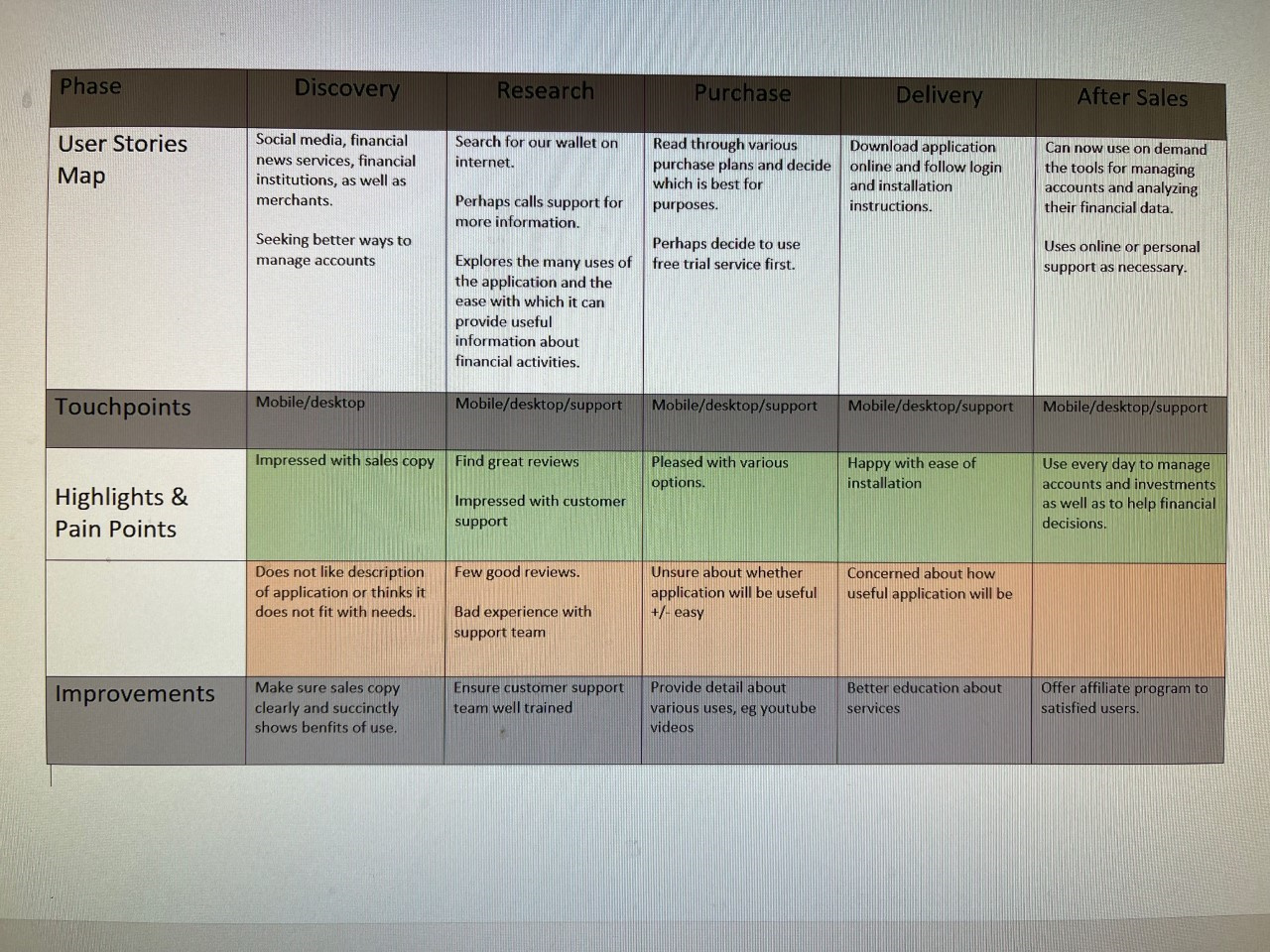
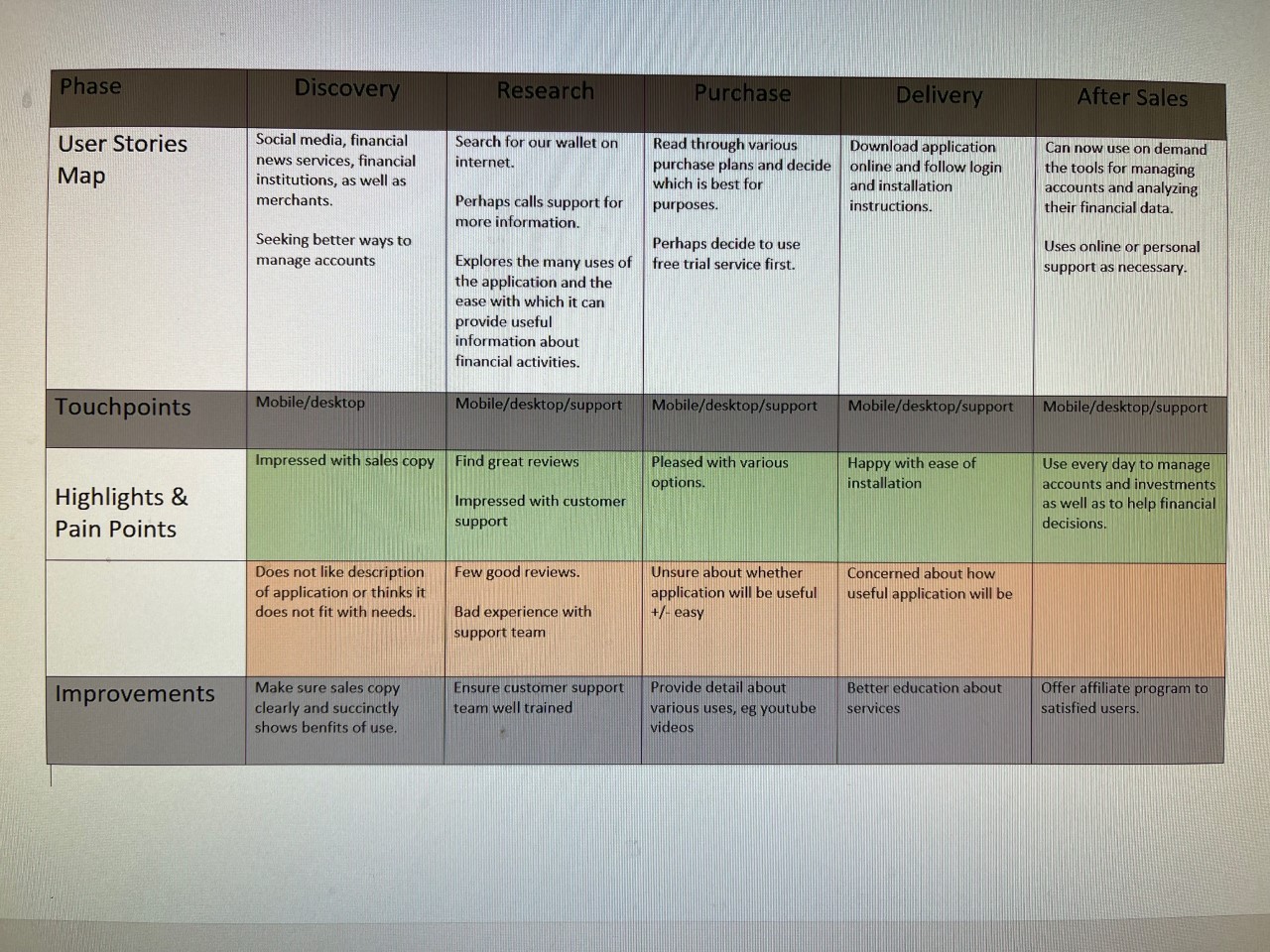
PROTOTYPE
(A bit rough & ready, but here goes…)
The text headings on page 1 link to pages 2-4
Page 1

Page 2
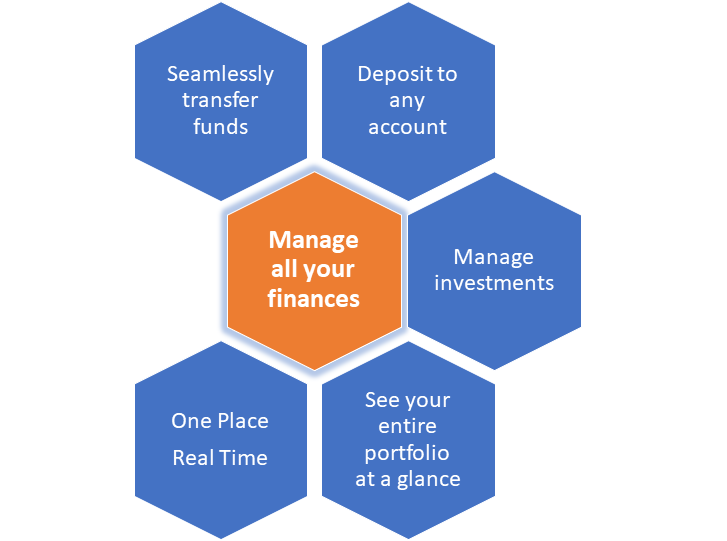
Page 3
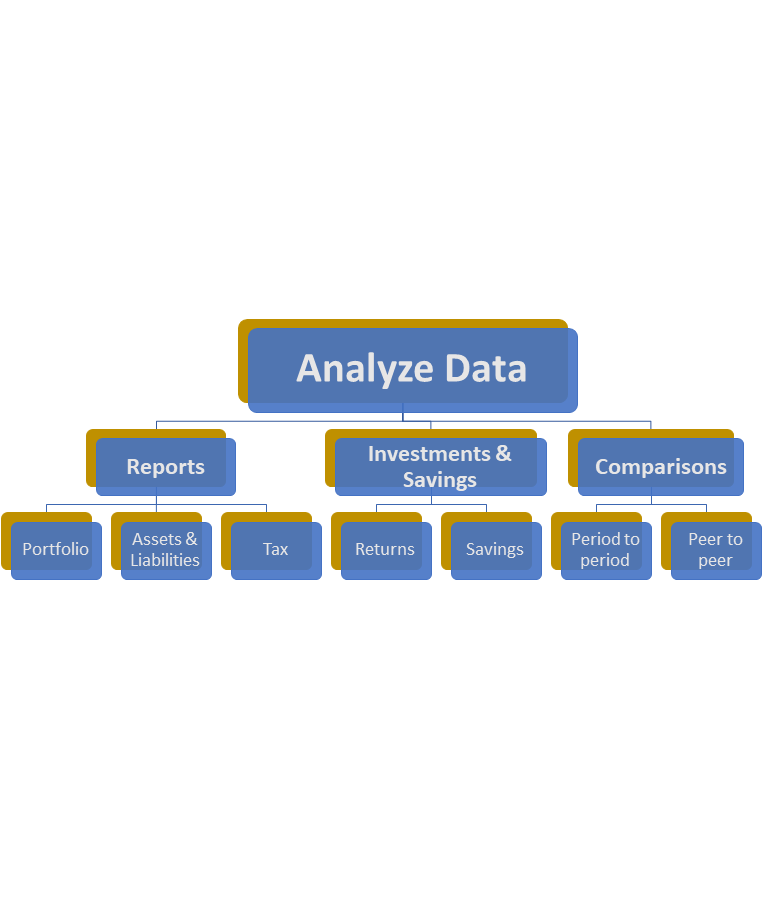
Page 4
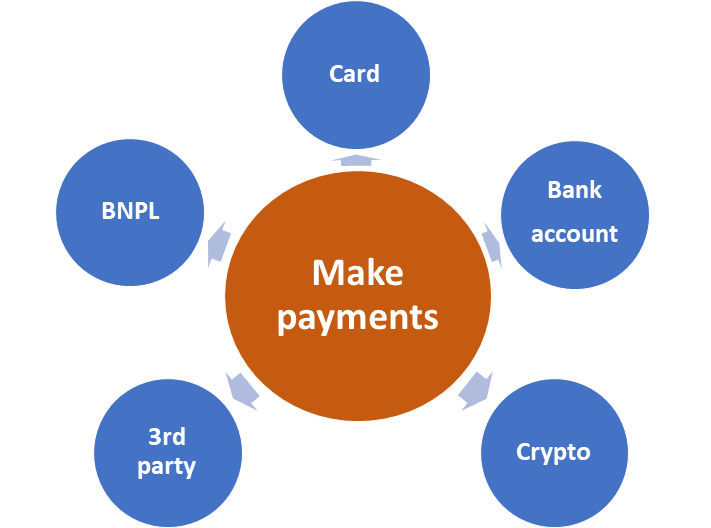
All I learned from this lecture made me think over again about an app we are working on. It’s not exactly fintech but close. I can’t reveal the details now but I want to thank Gustav for introducing of new tools.
I’ve been trying to work with Figma for the last 2 days and I’m finding it not as intuitive to use even though I’m already familiar with both google slides and microsoft powerpoint.
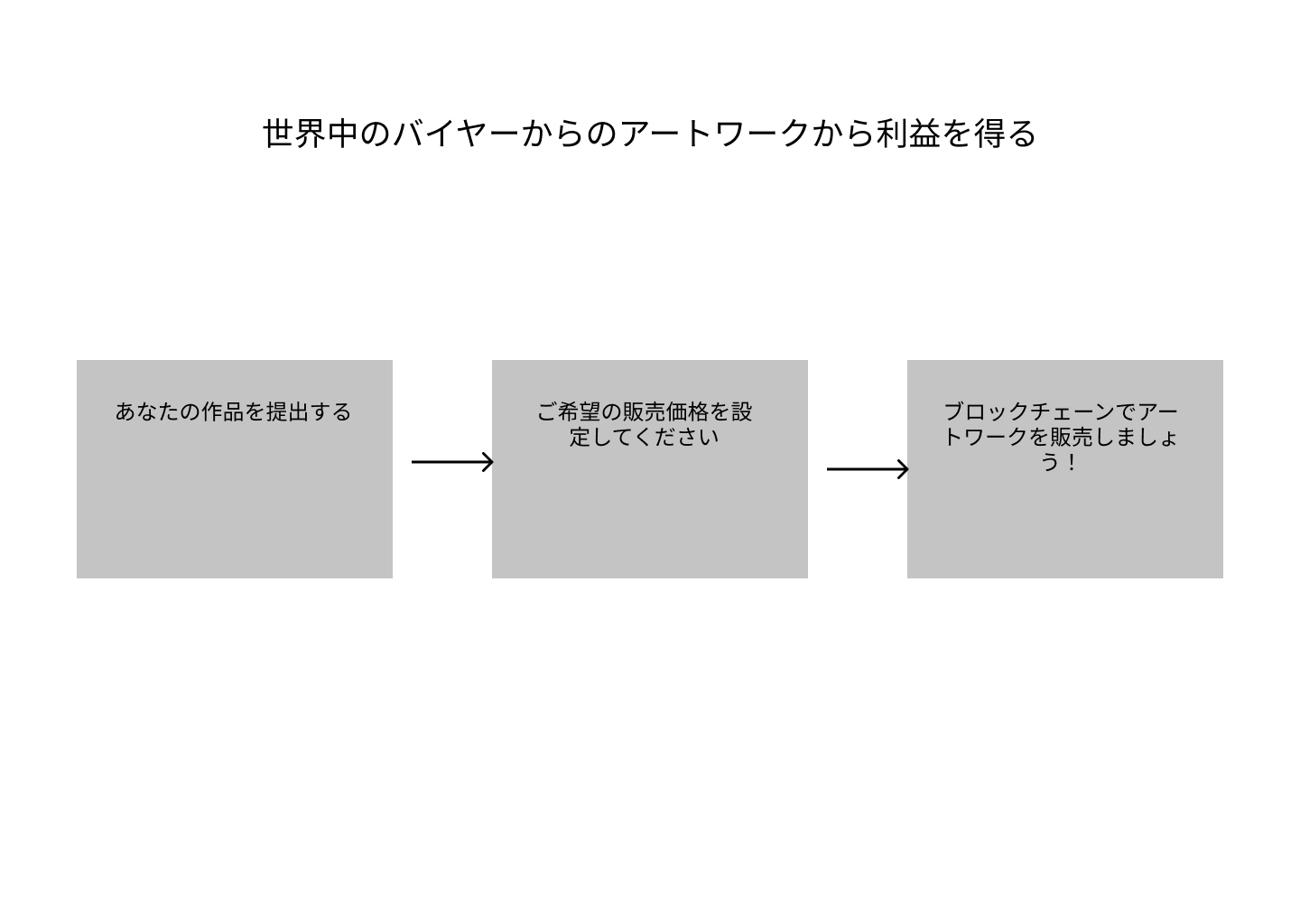
I understand this course is supposed to introduce us to new financial technology but I think some further details on how to make our designs “clickable”.
I do see similiarities to how this is useful to design teams but if I’m going to draft up a business model, I would simply put it in text boxes like the way I’ve done here (using Figma) and let my design team or pay someone else to further work on the layout( as design is not my forte).
Nevertheless, interesting software. I’ll definitely keep this in mind.
thanks for the useful information!
not possible to share my ideas.
good luck everybody 
I prefer to keep my project information confidential at this stage. I learned a lot with Figma.
Thanks for the Figma overview…good luck with your projects everyone.
Not really interested in using this software, but thanks a lot for the idea 

